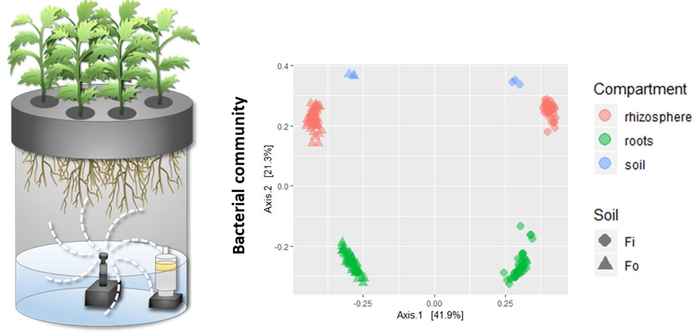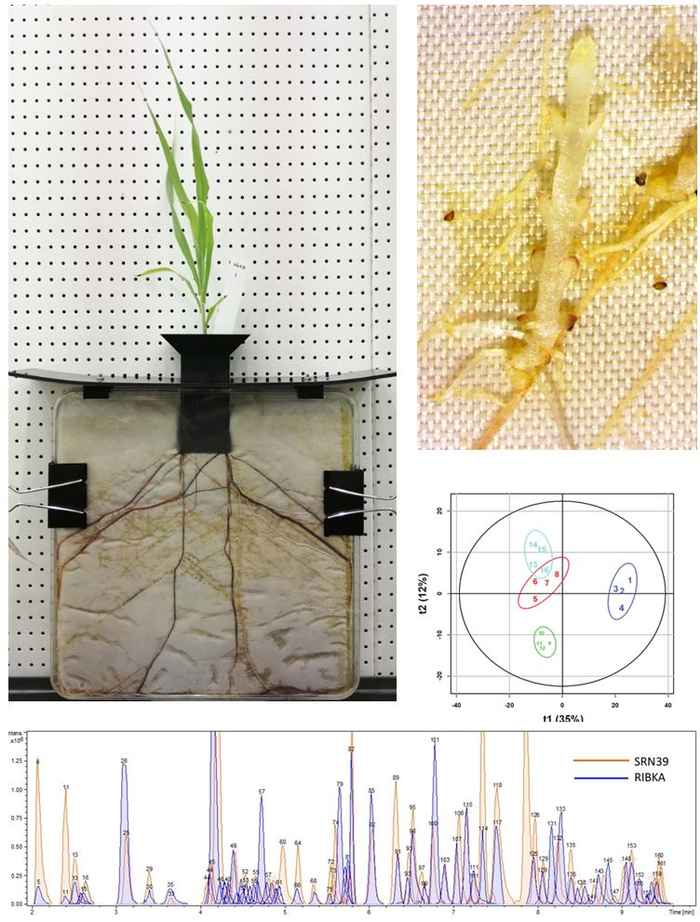Signalling in the rhizosphere: the tip of the iceberg?
Signalling in the rhizosphere: the tip of the iceberg?
The strigolactones are very likely just the tip of the iceberg of the signalling that takes place in the rhizosphere, of which we hardly know anything due to the difficulties of studying what goes on underground. At the same time, we start to realize how important the rhizosphere is for plants. Especially for the root microbiome – the community of micro-organisms on and in the root of plants – it is becoming increasingly clear that it has a tremendous impact on plant growth, development and productivity and can be compared to the importance of the gut microbiome in animals and humans. To unravel signalling relationships between plants and micro-organisms we are using targeted and non-targeted approaches. With funding of the ERC we are looking at the importance of strigolactones for recruitment of (beneficial) micro-organisms. For our untargeted approach we use metabolomics in combination with metabarcoding/metagenomics. This work is jointly funded by the ERC and the University of Amsterdam Systems biology programme. With funding of the Bill and Melinda Gates Foundation (https://promise.nioo.knaw.nl/) we study if the microbiome can protect sorghum against Striga infection and how sorghum recruits these beneficial micro-organisms through (changes in) its root exudate. In all these studies we use data integration, statistics, machine learning and modelling to try to discover new signalling relationships between plants and micro-organisms. To underpin these putative relationships, we will use existing - and newly engineered - genotypes/mutants/transgenic lines with altered signal molecule production for the characterisation of the effect this has on the rhizosphere community.

